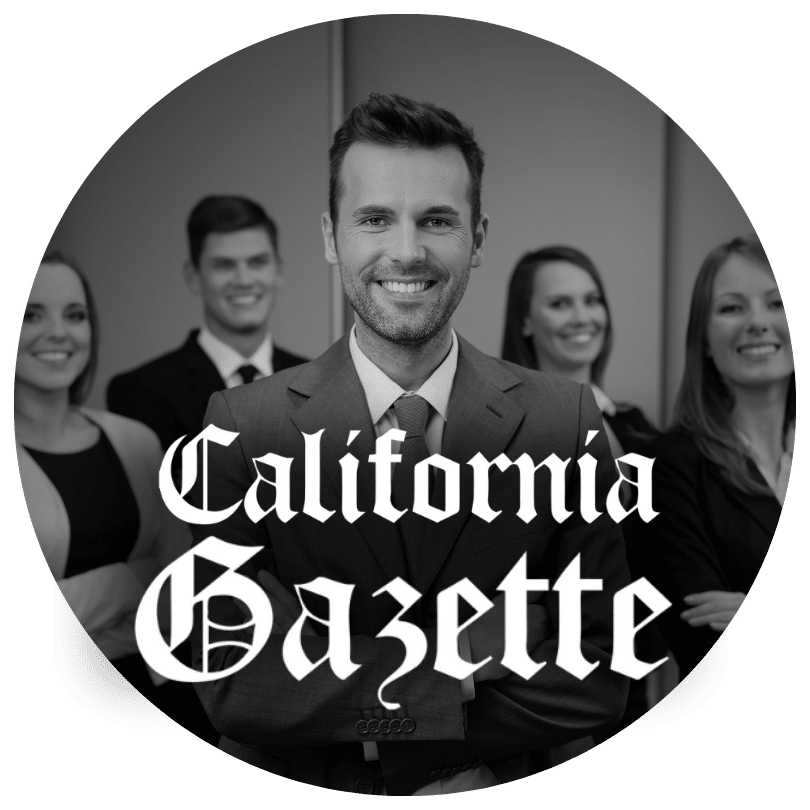The aerospace industry is undergoing a transformative period characterized by rapid technological advancements, increased competition, and evolving workforce demands. As the sector expands, aerospace recruiting has become a critical focus for companies striving to maintain their competitive edge. This article explores the current landscape of aerospace recruiting, the challenges faced by employers, and the innovative strategies being employed to attract top talent.
The Evolving Aerospace Landscape
The aerospace sector encompasses a wide range of activities, including the design, development, and manufacturing of aircraft, spacecraft, satellites, and defense systems. The industry is marked by continuous innovation, driven by the need for improved efficiency, sustainability, and safety. Consequently, the demand for highly skilled professionals in fields such as engineering, data analytics, cybersecurity, and artificial intelligence has surged.
Challenges in Aerospace Recruiting
Talent Shortage: One of the most pressing challenges in aerospace recruiting is the shortage of qualified candidates. The industry requires individuals with specialized skills and knowledge, often in STEM (Science, Technology, Engineering, and Mathematics) fields. However, the supply of such talent has not kept pace with demand, leading to a significant talent gap.
Aging Workforce: The aerospace industry is also grappling with an aging workforce. Many experienced professionals are approaching retirement, which poses a risk of losing critical knowledge and expertise. This demographic shift necessitates a strategic focus on attracting and training the next generation of aerospace professionals.
Competitive Market: Aerospace companies face stiff competition not only from within the industry but also from other sectors such as technology and automotive, which are also vying for top STEM talent. This competition can drive up salary expectations and make it more challenging for aerospace firms to secure the best candidates.
Security Clearance Requirements: Many aerospace positions, especially those related to defense and national security, require security clearances. The lengthy and rigorous clearance process can deter potential candidates and prolong the hiring timeline.
Strategies for Effective Aerospace Recruiting
Investing in Education and Training: To address the talent shortage, aerospace companies are investing in education and training programs. Partnerships with universities, scholarships, internships, and apprenticeships are being leveraged to build a pipeline of skilled professionals. For instance, collaborative programs that offer hands-on experience in aerospace projects can help students develop the necessary skills and increase their interest in aerospace careers.
Embracing Diversity and Inclusion: Expanding the talent pool by promoting diversity and inclusion is another key strategy. By fostering an inclusive workplace culture and actively recruiting from underrepresented groups, aerospace companies can tap into a broader range of perspectives and skills. Initiatives such as mentorship programs, employee resource groups, and diversity training can enhance the recruitment and retention of diverse talent.
Leveraging Technology in Recruitment: Technology plays a pivotal role in modern aerospace recruiting. Companies are utilizing advanced recruitment platforms, artificial intelligence (AI), and big data analytics to streamline the hiring process. AI-powered tools can help identify the best candidates by analyzing resumes and predicting job performance based on various metrics. Additionally, virtual reality (VR) and augmented reality (AR) are being used to create immersive job previews, allowing candidates to experience the work environment and job responsibilities firsthand.
Enhancing Employer Branding: Building a strong employer brand is crucial in attracting top talent. Aerospace companies are focusing on showcasing their innovative projects, career development opportunities, and positive workplace culture. Through social media, company websites, and employee testimonials, organizations can highlight their achievements and the benefits of working in the aerospace sector.
Flexible Work Arrangements: In response to changing workforce expectations, many aerospace companies are offering flexible work arrangements. Remote work options, flexible hours, and job-sharing arrangements can make aerospace careers more attractive to a diverse range of candidates, including those who may require a better work-life balance.
Conclusion
Aerospace recruiting is at a pivotal juncture, with significant challenges and opportunities shaping the future of the industry. By addressing the talent shortage through education and training, embracing diversity, leveraging technology, enhancing employer branding, and offering flexible work arrangements, aerospace companies can attract and retain the skilled professionals needed to drive innovation and growth. As the industry continues to evolve, proactive and adaptive recruiting strategies will be essential for securing a robust and dynamic workforce capable of meeting the demands of the future.
Published by: Khy Talara






